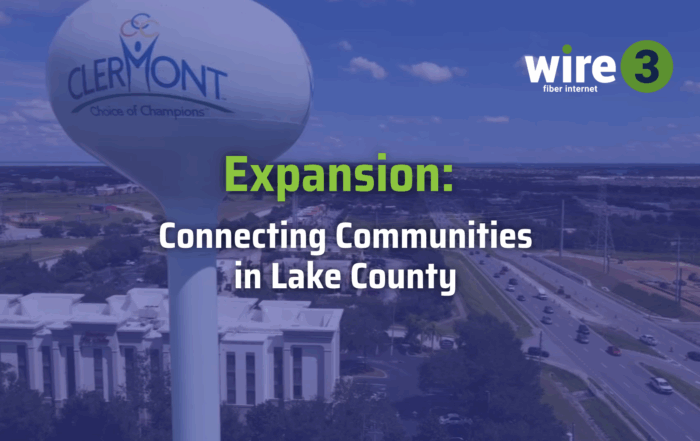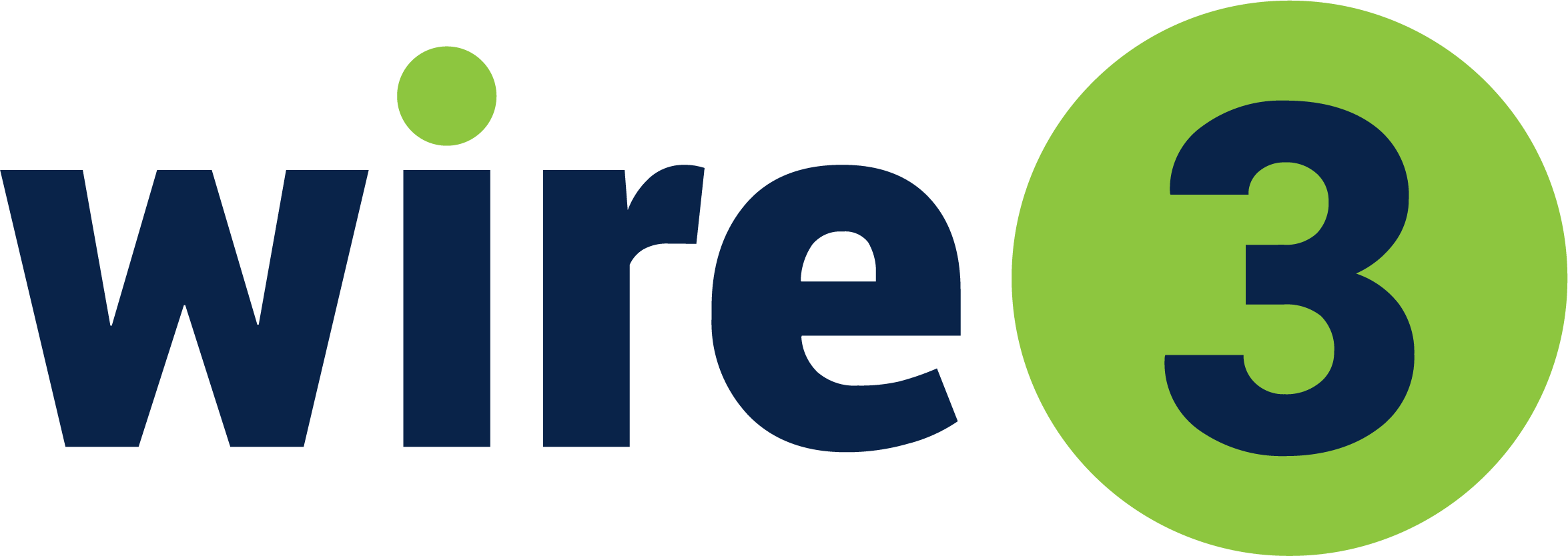How Fiber Optic Internet Works
To put it simply, fiber optic internet is a data connection carried through a cable filled with thin glass or plastic fibers. Twenty times faster than regular cable, fiber optic internet allows data to travel as beams of light that are pulsed in a pattern. Fiber optic internet is faster and stronger than regular cable internet because of the lack of copper wire. The copper wire of traditional internet can heat up, which ultimately slows down the connection.
The wires used for fiber optic internet are as thin as a strand of hair, but that doesn’t slow the information down. Laser flashes ensure fast internet signals are sent through these wires. An external cover called cladding keeps the beams of light inside the fiber optic filament, where it continues to travel for as far as 60 miles to a modem. Once the signal reaches the modem, it is decoded into a form that a computer can connect to.
The History of Fiber Optic Internet
Did you know that fiber-optic technology dates back to the 1970s? While most people might assume that fiber-optic technology is a recent advancement, this technology was actually commonly used all the way back in 1988. Fiber optic cables were laid beneath the ocean to connect the United States to Europe, and over time the amount of cables used has continued to grow. A large part of the Information Age can be credited to these cables, as they have made the high-speed transmission of data possible.
Fiber optic cables replaced older copper cables, which has helped shape the way our current internet access works. Today, most people will find that using fiber optic cables is a cost-effective internet solution, which allows this method to be used throughout cities and homes across the world.
Fiber Optic Internet Advantages
It’s easy to talk about fiber optic internet being better and faster than traditional cable, but what does that mean for you? Let’s check out the details on how fiber optic internet brings you faster upload and download speeds for a more reliable connection and consistent entertainment.
Symmetrical Speeds
Internet speeds are measured by two numbers: download speed and upload speed.
Download speed is how quickly you can access things on the internet. This determines how quickly websites will load and how quickly you’re able to fire up the newest episode of The Lord of the Rings: The Rings of Power on Amazon Prime.
Upload speed refers to how fast you can add things on the internet. This includes everything from uploading large files to Dropbox for work to firing off tweets as quickly as you can think of them.
Historically, upload speed was a fraction of download speed. Most providers were able to give customers 100 megabits per second (Mpbs) in download speed, but only 10 Mbps for upload speeds. Fiber optic internet from Wire 3 is capable of providing symmetrical speeds, which means the upload and download speeds are equal. If your download speed is 100 Mbps, your upload speed is 100 Mbps, too.
If you are using the internet to scroll social media or occasionally stream a movie, it’s possible you won’t notice asymmetrical speeds. However, if you are a student, telecommuter, content creator, gamer, or business, symmetrical speed will make a huge difference in your daily life. How much of a difference? The standard speed of cable internet today is 200-400 mbps. Fiber speed is typically 3-5 times faster at 1 gigabits per second (gbps). Compare that to Wire 3, which is capable of 10 Gbps. Spend a day with Wire 3 and the difference is clear.
Reliable Technology
Picture yourself in the middle of an important job interview, or equally important game of Call of Duty: Warzone. All of the sudden, the person on the other end of your connection goes blurry and the audio cuts out. It’s a nightmare we’ve all experienced – but not with fiber optic internet.
Traditional internet is prone to slowing down when there are too many people using the connection at once, or cutting out completely if there is an electrical issue. This is in part due to the traditional challenges of using copper cable infrastructure. Copper is more delicate and can break down easier than the new, smarter technology of siliconized glass with fiber optic internet.
This means that fiber optic internet will not slow down no matter how many of your roommates or family members are using the internet at the same time. Even better, fiber optic cables are not powered by electricity, so your internet connection is unaffected by blackouts. Especially during hurricane season here in Florida, fiber optic internet helps you stay connected when you need it the most.
Low Latency
Another advantage of fiber optic internet is incredibly low latency. Latency is the time delay between when you input a command into your computer or console (i.e. hitting the trigger button) and when the network receives that command (i.e. directing Mario to hit a final K.O. in Super Smash Bros.)
Fiber optic internet stands above traditional cable by maintaining latency so low, you are unlikely to ever notice it. The only downside here is you’ve lost your best excuse next time you’re on the losing end of an online gaming session.

Find Fast Fiber Optic Internet in Florida With Wire3
Why waste any more time worrying about internet connectivity when you can switch to fiber optic internet? Wire3 offers Florida’s fastest internet with a range of fiber optic plans to suit your needs. Enjoy flexible plans and pricing as well as zero contracts and free wi-fi equipment with Wire3, servicing Florida counties like Volusia, Brevard, Indian River, and St. Lucie. Once signed up with Wire3, you can schedule an installation appointment to set up your network cable in secure outdoor housing.
Get to streaming today by checking Wire3 availability, or contact us to learn more!



